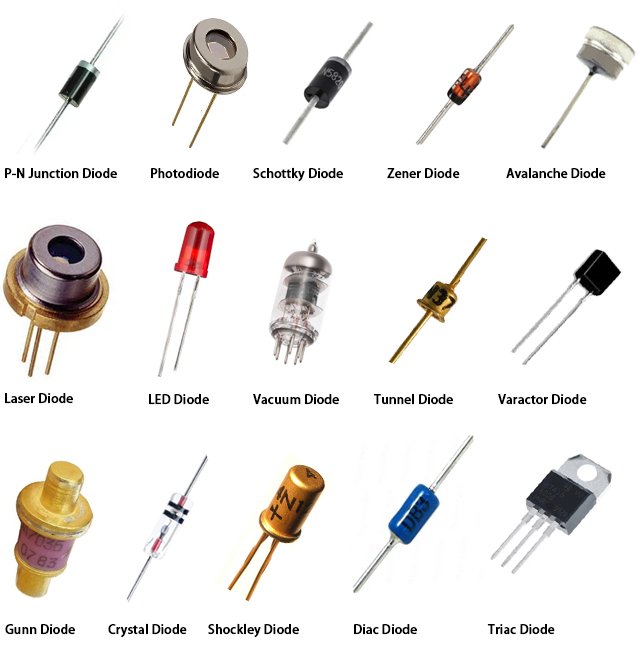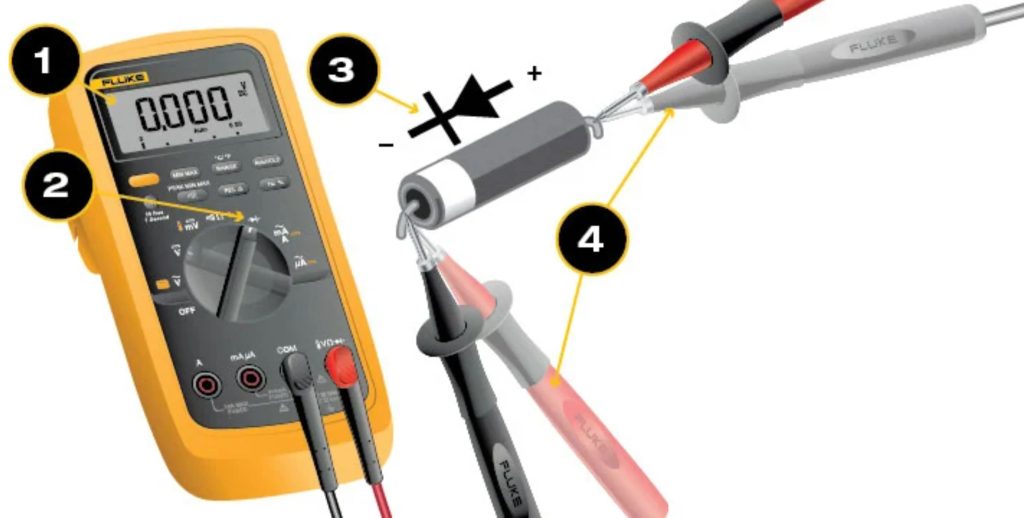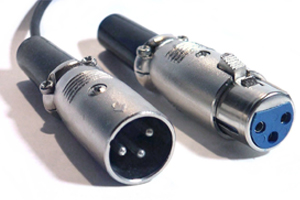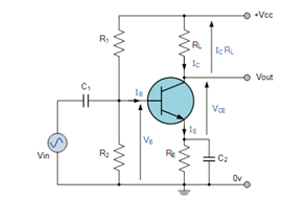What is a Diode? Types, Applications, Testing and Buying Tips
Author:admin Date: 2025-04-16 09:00 Views:626
Diodes remain important electronic components today. They are present in almost all devices. This might intrigue you, so what are diodes, and what do they do?
We delve deeper into understanding diodes in this guide. This will help you learn more and use diodes correctly. Let us see what diodes are all about.
What Is A Diode And What Does It Do
A diode is described as a two-terminal electronic component whose job is to allow current flow in one direction and block the current flow in the opposite direction. Because of this characteristic, diodes are vital for applications such as rectifiers, signal modulators, and protection circuits.

Components of a Diode
As already mentioned, a diode will have two terminals. These terminals are made of a semiconductor material. Its components include a P-type and N-type semiconductor. These two are joined together, forming a P-N junction.
The P-N junction is the core of the diode. The P-type semiconductor has excess holes, while the N-type has excess electrons. The electrons from the N-type material are diffused into the P-type material. At the same time, the holes in the P-type diffuse into the N-type material. This movement of the charge carriers leads to the formation of a depletion region with only a few carriers.
As part of the diode components, you also get the anode and cathode terminals. The anode is connected to the P-type semiconductor, while the cathode is connected to the N-type semiconductor.
A diode also comes with an encapsulation material. Its job is to protect the delicate internal components and provide a stable environment for it to operate.
How a Diode Works in a Circuit
Whatever type of diode is used, it will act as a one-way switch for electricity. This means it only allows current to flow in one direction.
Diodes can either be forward bias or reverse bias. During forward bias, positive voltage is applied to the positive terminal or anode and negative voltage is applied to the negative terminal or cathode. This means the current flow is easy, just like a closed switch.
For reverse bias, negative voltage is applied to the anode, while positive voltage is applied to the cathode. This creates a barrier that significantly restricts current flow, making the diode act like an open switch.
Types of Diodes
You may come across multiple types of diodes in the market. It is crucial to determine how best to use them. Below, we look at the most common diodes and their uses.
P-N Junction Diode

This is the most common type of diode. It gets the name P-N junction because it comprises two semiconductor materials. This includes the P-type and N-type. When they are combined, they form the P-N junction diode. These diodes are commonly used as rectifiers in circuits. This is because they allow current flow in one direction and block the same flow in reverse.
Photodiode

Photodiodes are used to identify even the smallest amount of current due to light. This is why they are used in detecting light. Expect to come across them in photometers and solar cells as reverse bias diodes.
Schottky Diode

The Schottky diode is also a good diode for rectifier application. However, it has a lower forward voltage compared to the other PN junction diodes. The drop is notable in the applications with low current and the voltage is between 0.15 and 0.4 volts. These are built specially so that they can achieve such a performance.
Zener Diode

Zener diodes are among the most useful for providing a stable reference voltage. These diodes are operated in reverse bias and will break down if the voltage is past the threshold. Since it ensures stable voltage is generated, such diodes are preferred for power supply applications.
Avalanche Diode

If you need diodes with high sensitivity, the avalanche diodes will do the job. They also operate in reverse bias based on the avalanche effect. This means if there is a constant voltage drop independent of the current, the avalanche breakdown takes place.
Laser Diode

You might have come across a laser diode in DVDs, CD drives, and laser devices. It operates differently from the others as it produces coherent light. However, it is more expensive than LEDs and cheaper than other laser generations. Having a limited lifespan is its biggest drawback.
Light Emitting Diode (LED)

You have probably used the term LED without knowing what it means. Well, it is a diode that emits light. Light is emitted when the electric current is passed through the electrodes in the diodes. This happens during the forward bias. Expect to come across LEDs in different colors, and the light color depends on the semiconductor energy gap.
Applications of a Diode
Whether a light-emitting diode or a flyback diode, they all have specific applications. So, it is important to understand how a diode works before choosing it for a certain application.
Diodes are most commonly used in rectifiers, clipper circuits, clamping circuits, logic gates, voltage multipliers, and reverse current protection circuits.
A diode can work as a rectifier when it is used to smoothen AC power to DC power. This is because the diode removes part of the AC signal. In addition, they are also used as surge protectors in circuits in case there is a spike in voltage.
Millions of diodes are also used in logic gates and modern processors to ensure efficient functionality. Expect to come across them a lot in digital logic.
The diodes can still isolate signals from a power supply. This is called signal demodulation. This is crucial, especially for radios, to extract the radio signals from a carrier wave.
A voltage multiplier also needs diodes. Such a circuit will have two or more diodes to work as rectifier circuits. The result is a cascaded DC output voltage that is multiple compared to the input voltage. Depending on the number of diodes, you can get voltage doublers, tripplers, and more.
Reverse current protection is vital in many applications. The aim is to ensure that you do not connect the power source incorrectly, such as by reserving the polarities. Accidental reversals often lead to large amounts of voltage flowing in the electronic components, damaging them.
Bypass diodes are used to protect solar panels. This is vital so that when one of the cells is damaged or obstructed, it is bypassed to avoid creating hot spot damage that can affect the performance of the whole solar panel.
How to Test a Diode

There are a couple of ways to test a diode, but we will focus on how to test a diode using a multimeter. Get yourself a multimeter, and let us start testing.
- Make sure the circuit has no power connected to it, and if there are any capacitors, they are discharged.
- Set your multimeter to diode test mode
- Identify the diode terminals. Proceed to connect the red probe to the anode and the black probe to the cathode
- Read the voltage drop on the multimeter. Typically it is around 0.6V to 0.7V for most silicon diodes.
- That was forward bias. Now, do the test with reverse bias. Simply interchange the multimeter probes.
- If it is a good diode, there should be no current flow, or it will indicate “OL”, meaning overload on the multimeter.
- For a faulty diode, it will show a low voltage drop even in reverse bias.
How to Choose the Right Diode
If you are planning on picking the right diode for an application, you must consider several things other than the diode direction.
Forward Voltage
This is an important aspect of choosing a diode. The forward voltage, or Vf, measures the voltage drop across the anode and cathode while operating the diode in forward bias. You can expect to find this value in the diode’s datasheet.
Forward Current
This is just as important as the forward voltage. This rating shows the maximum amount of current a diode can handle. If you go beyond the rated current, then the diode breaks down. This is also indicated in the datasheet, so finding out should not be a problem.
Non-repetitive Peak Forward Current
This can also be referred to as peak current or non-repetitive surge current. It is a one-time current surge that the diode can handle. As long as the surge current is not more than this rated value, the diode can survive and continue working as expected.
Repetitive Peak Forward Current
This is the repetitive current that the diode will be exposed to. It is not direct current. This current features a specific duration, frequency, and waveform type. As long as these are not violated, the diode will survive. This is vital, especially when you expect differences in pulses during a system’s startup.
Repetitive Peak Reverse Voltage
This is definitely important when choosing a diode for various applications. It is the maximum repetitive reverse voltage that the chosen diode can handle. Exceeding this voltage value will kill the diode immediately.
Power Dissipation
Expect some power dissipation with the forward voltage and forward current going through the diode. However, the total power dissipation should not exceed the diode’s capability. This depends on the thermal resistance, application temperature, and junction temperature.
Diode Type
It is still important to choose the right diode type. Now that we have looked at a few types of diodes, it should be possible to pick the right one depending on the application. Look at how the diode works to make it easier to choose the one that best suits your needs.
Diodes vs. Resistor vs. Transistor: When To Use Each
Diodes, resistors, and transistors are all important electronic components. However, their functionalities and uses are different.
Resistors limit or regulate the amount of current flowing in a circuit. These are passive components whose job is to provide resistance to the flow of electrons. They can be used as current-limiting devices in LEDs, voltage dividers, and dissipate excess power as heat from a circuit.
As for diodes, they are two-terminal semiconductor devices that allow current flow in one direction, from the anode to the cathode. Uses include rectifiers, circuit protection, signal limiting, and switching.
Transistors are three-terminal semiconductor devices that work as switches or amplifiers. They control the current flow between two terminals depending on the signal from the third terminal. Applications include electronic switches in logic gates and circuits, signal amplifying, and signal control.
Conclusion
Diodes are key in circuits in many ways, as you have seen above. They can be critical in protecting a circuit or work as a rectifier during AC to DC-conversion. Looking at the different types of diodes, you should see how they have many applications. It comes down to what you need, as each diode works differently. Look at your design specifications to pick the correct diode.


